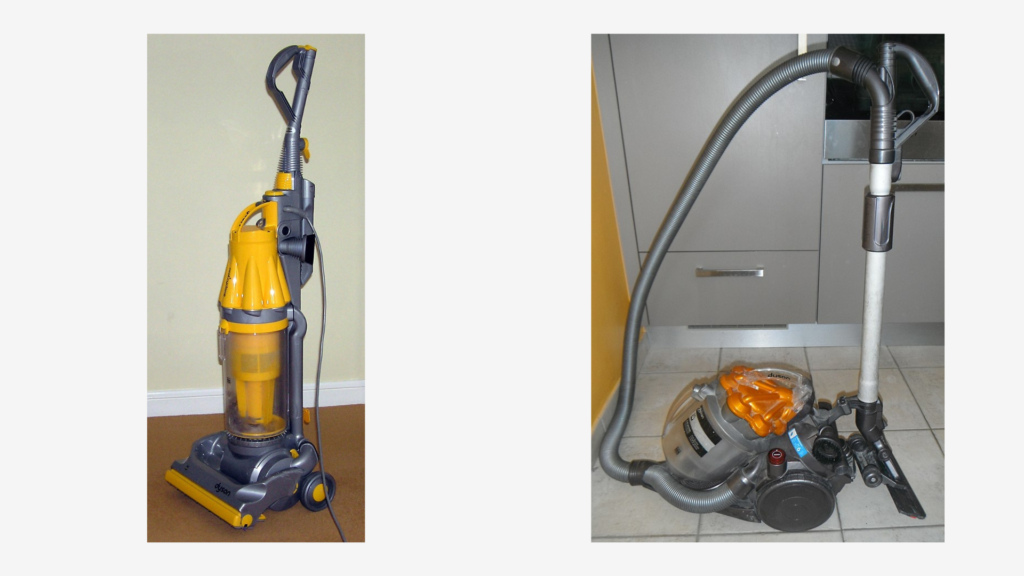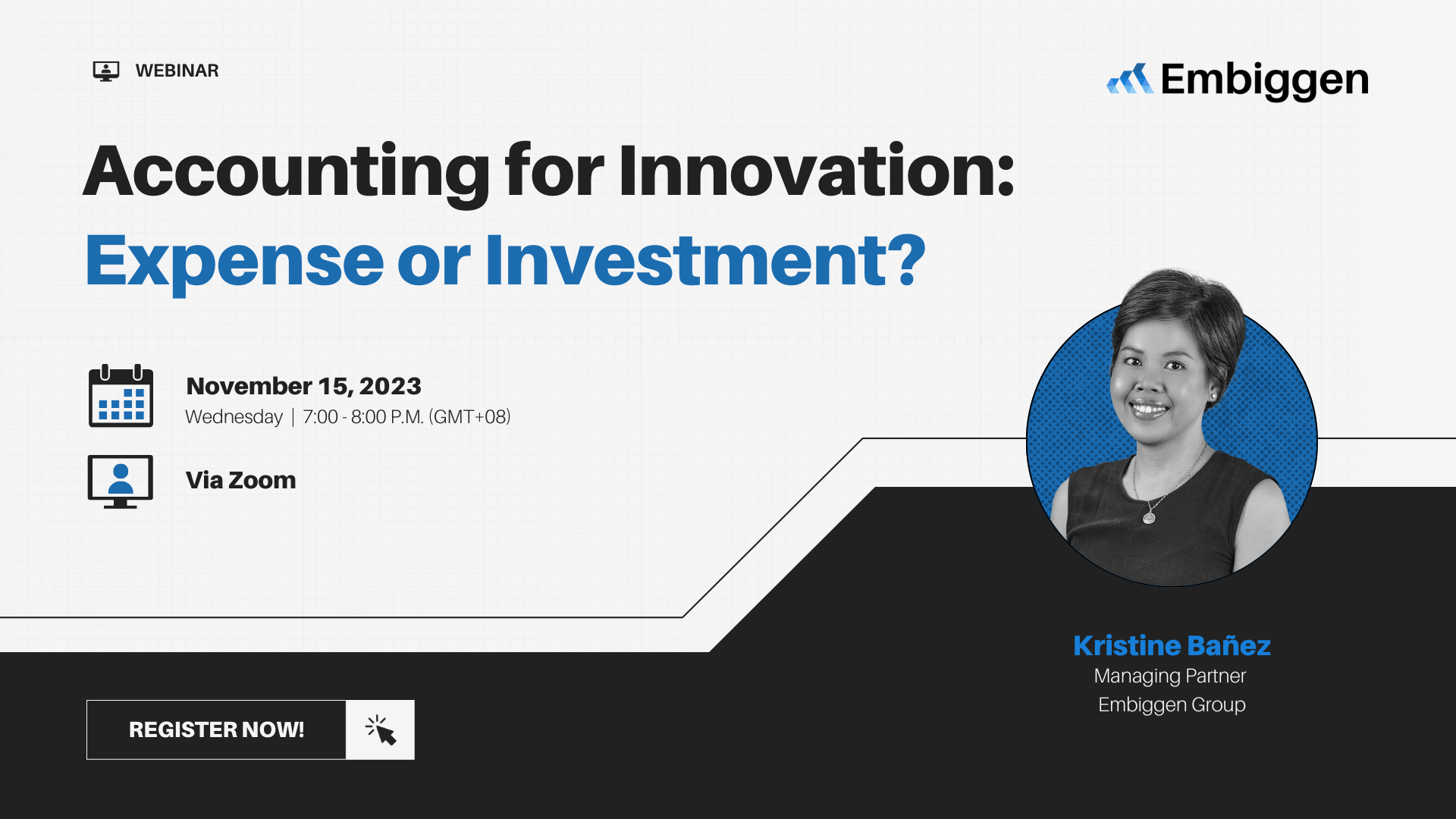Failure and innovation go hand in hand — a synergy that the innovative household appliance brand Dyson knows very well after the literal thousands of failed Dyson vacuum prototypes it made before making a successful one on its 5127th try.
All products in the world have gone through some sort of failure in the development process. And this is not a bad thing. Take a look at Nokia’s rapid rise to success after the failure of its cellphone business in the early 2010s.
Failure is an excellent opportunity to learn and de-risk products in the innovation process. How can one learn and create something better without experimentation and curiosity?
However, in today’s workplace, it is common for managers to punish their teams if they fail. Punishing people for failure discourages them from pushing the limits and achieving success. And this stifles innovation.
On the other hand, encouraging experimentation and dealing with failure in a positive way will actually generate better results when it comes to inventing and innovating new things.
Just ask James Dyson, the inventor of the highly successful Dyson line of appliances.
“I think the word ‘failure’ should be re-evaluated. It should be a term that is encouraged, accepted, even sought after. Because it’s failure that drives invention forward,” wrote Dyson.
And Dyson is no stranger to failure.
5126 Failed Dyson Vacuum Prototypes And 15 Years

In the 1970’s, James Dyson set out to solve a problem that anyone with a vacuum cleaner back then would experience: a vacuum’s performance always diminishes with time.
The reason? A vacuum’s bag would clog with dust which would lessen its suction power with use, seemingly setting itself up for failure by design.
Using technology and design principles Dyson used when he built machines that cleaned the air of small paint particles, the inventor set out to create the world’s first bagless vacuum.
It took the inventor and his team 15 years and 5126 failed prototypes before they got a working product — the 5127th prototype.
And the outcome was revolutionary.
Dyson named his first vacuum the G-Force, the world’s first bagless vacuum. It initially sold for $2000 a piece in Japan back in 1991, where it quickly became a status symbol.
Just two years later in 1993, Dyson achieved his goal of developing a bagless vacuum that never lost its performance over time. The DC01 vacuum maintained “100% of its suction power, 100% of the time.”
With this technology, James Dyson built a consumer electronics empire. Bloomberg reported he was worth $16.3 billion, making him the 103rd richest person in the world in 2021. In the same year, his company made $7.4 billion in revenue. Today, Dyson makes some of the best vacuums for sale on the market.
But how did they get to this point? Dyson and his team embraced failure as part of the process of creating the world’s first bagless Dyson vacuum.
“If you fail once, you’re one step closer to success,” wrote Dyson.
This mindset exhibits how Dyson and his team persevered despite the thousands of failures the team encountered. And it greatly contributed to why they succeeded in the end.
Punishing Failure Stifles Innovation

There is a correct way to respond to failure – it is not punishment and negative reinforcement unless you want to stop people from innovating in your organization. Training your employees to be innovative requires you to embrace risk and failure – not punish it.
Scott Anthony, David Duncan, and Pontus Siren, partners at global management consulting firm Innosight, wrote that punishing failure is one of the six most common innovation mistakes companies make.
Innovators need to be risk-takers. They take risks by experimenting and testing their assumptions and hypotheses about the solutions they are creating in order to resolve issues, refine a prototype, and develop a de-risked final product.
They won’t always get everything right as experimentation will always lead to failure at some point. Innovation is an iterative process. Entrepreneurs and innovators need to fail, and crucially, learn from failure, to develop a quality product or service.
But if companies punish failure, they also discourage risk-taking, experimentation, and ultimately innovation.
Get the latest innovation news and exclusive event invites direct to your inbox. Subscribe to our newsletter!
“Academic literature suggests that almost every commercial success had a failure somewhere in its lineage. But inside most companies, working on something that ‘fails’ commercially carries significant stigma, if not outright career risk. It’s no surprise that people play it safe! That’s not to say that companies should encourage failure,” wrote Anthony, Duncan, and Siren.
“The trick is simply recognizing that in the early stages of innovation what at first appears to be failure is anything but,” they added.
Failure Is A Powerful Learning Experience In Innovation Like In The Creation Of The Dyson Vacuum

While the results of failure may potentially damage a company, failure can bring greater benefits. That is if the company learns from it.
“A mistake becomes brilliant via the learning that occurs afterward or the strategy before the mistake that puts you in a position to obtain unexpected opportunities,” wrote Research Director of the Mack Center for Technological Innovation Paul Schoemaker.
However, Schoemaker says that most businesses don’t have the strategies and processes for their teams to learn from failure. These strategies and processes are prevalent in the arts and science, where experimentation is encouraged.
This does not mean that companies should start encouraging failure. Rather companies need to promote failure as a learning experience. And to translate failure into success, companies need to embrace failure as part of the path to success.
In James Dyson’s case, his team learned from each of their 5126 failed experiments and improved the product design until they came out with a billion-dollar vacuum on the 5127th try.
Innovate Tomorrow’s Powerful Solutions Like The Dyson Vacuum

Innovation is quite literally limitless. Dyson was one of the first to embrace failure in the innovation process and that fact created his multi-billion dollar home appliance empire that sells some of the most innovative vacuums, hair dryers, and air purifiers on the market.
You too can do this, with the right support, tea, and capability to innovate.
Embiggen multi-awarded corporate venturing and innovation group that builds, scales, and invests in new digital ventures with forward-thinking and entrepreneurial organizations. By leveraging corporates’ expertise, insights, and resources, it provides end-to-end solutions that take your teams from learning to executing innovation at startup speed.
Its founders created Embiggen on the belief that innovation is the solution to the world’s most pressing problems including inaccessible healthcare, widening education gaps, and water scarcity.
Explore our solutions and see how we can innovate together! Schedule a FREE strategy session with us today.


